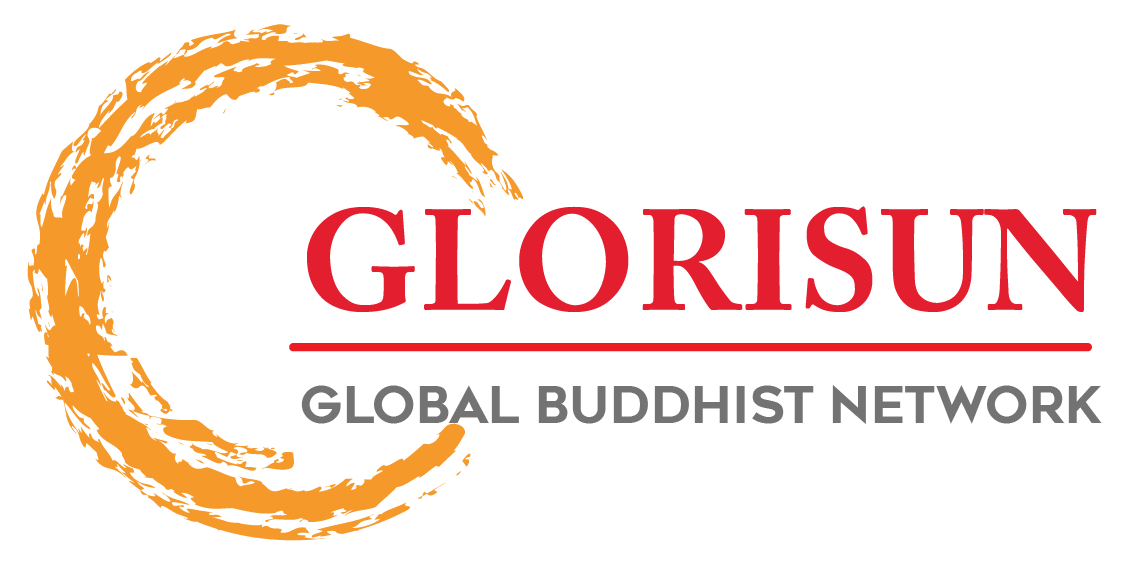Click here return to the Hualin main page.
Click here return to the Hualin E-Journal Vol 7.2 Table of Contents page.
Hualin International Journal of Buddhist Studies 7.2 (2024): 132–187; https://dx.doi.org/10.15239/hijbs.07.02.05
(This article belongs to the Special Issue Ritual and Materiality in Buddhism and Asian Religions)
Beneficial to Behold: Buddhist Vision and Efficacy in the Qing Empire
Wen-shing CHOU 周文欣
Hunter College, City University of New York
wchou@hunter.cuny.edu
Abstract: The Qing Qianlong emperor (1711–1799) appears as a Tibetan Buddhist monk and emanation of Mañjuśrī-Cakravartin surrounded by a pantheon of deities and spiritual masters in a group of thangkas and multimedia shrine panels from the eighteenth-century Qing court. While this representation of Qianlong has been heralded as an icon of Qing imperial cultural and religious pluralism, little is known about how the group of objects were made and received in their own time. This essay offers a new reading of the objects by situating them within the visual and material world of eighteenth-century Tibetan Buddhist devotional practices. I show that the transformative power of a host of important ritual practices was creatively harnessed to assert an unprecedented notion of kingship to a particular audience. The sophisticated and inventive nature of the Qing adaptation of Tibetan Buddhist visual, material, and ritual practices, in turn, sheds new light on the collaboration between the emperor and his Buddhist teacher and advisor Changkya Rölpé Dorjé (1717–1786) as well as the central role images play in mediating relations between Qing and Tibet.
Keywords: the Qianlong Emperor; Changkya Rölpé Dorjé; Dalai Lama; Mañjuśrī; guru puja; mthong ba don ldan; tshogs zhing
About the Author: Wen-shing Chou specializes in art of China and Inner Asia. Her 2018 book Mount Wutai: Visions of a Sacred Buddhist Mountain (Princeton University Press) won Honorable Mention for the Joseph Levenson Prize (China Pre-1900) from the Association for Asian Studies. She recently co-curated and coedited C.C. Wang: Lines of Abstraction (Hirmer Verlag, 2023), which focuses on the artistic experimentations of the preeminent connoisseur and collector of Chinese art in the twentieth century. Chou’s current book project explores the visual and material culture of rebirth within the Gelukpa sphere of influence in Qing China and Inner Asia.
This is an open access article distributed under the Creative Commons Attribution License which permits unrestricted use, distribution, and reproduction in any medium, provided the original work is properly cited.
